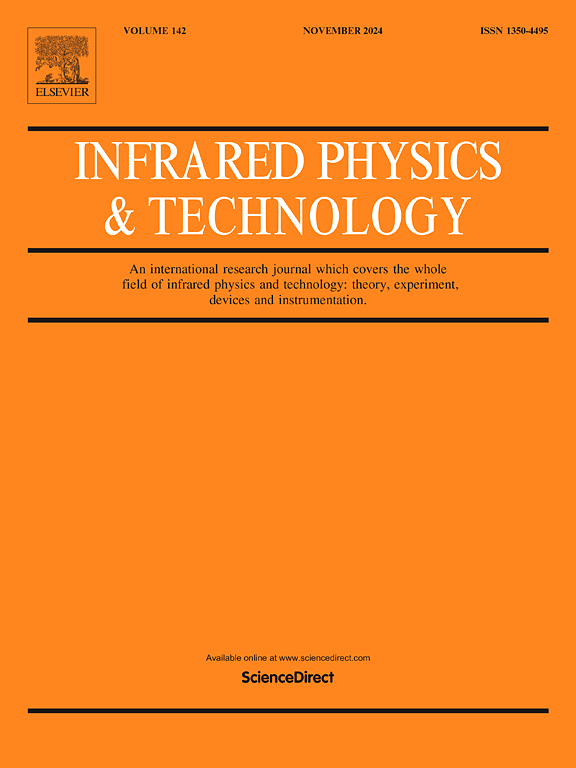利用台式近红外光谱仪和微型近红外光谱仪结合化学计量学快速鉴别不同地区的黄酒
IF 3.4
3区 物理与天体物理
Q2 INSTRUMENTS & INSTRUMENTATION
引用次数: 0
摘要
近红外(NIR)技术在食品真实性和原产地鉴定中起着至关重要的作用。本研究评估了台式近红外和微型近红外技术,结合化学计量学,以区分黄酒(中国米酒)的来源。两种模型都表现出很强的性能,Micro-NIR在识别和预测方面优于台式nir。利用黄酒不同地区的光谱数据建立化学计量鉴别模型。Benchtop-NIR数据库采用一阶导数预处理,子数据库采用二阶导数和向量归一化。Micro-NIR采用Savitzky-Golay (S.Golay)、标准正态变量(SNV)和归一化峰预处理,准确率达到100%。bench - nir的Q2为0.939,R2X[1]为0.738,R2X[2]为0.202,R2为0.94。Micro-NIR表现优异,Q2为0.983,R2X[1]为0.981,R2X[2]为0.00627,R2为0.988。本研究对近红外技术在黄酒地理鉴定中的应用具有重要意义。本文章由计算机程序翻译,如有差异,请以英文原文为准。

Rapid discrimination of Chinese rice Wine (Huangjiu) from various regions using Benchtop-NIR and Micro-NIR spectrometers in conjunction with chemometrics
Near Infrared (NIR) technology plays a crucial role in food authenticity and origin identification. This study evaluates benchtop-NIR and Micro-NIR technologies, combined with chemometrics, to differentiate Huangjiu (Chinese rice wine) origins. Both models demonstrated strong performance, with Micro-NIR excelling in identification and prediction over benchtop-NIR. Spectral data from Huangjiu across various regions were used to develop a chemometric discrimination model. Benchtop-NIR’s database utilized first derivative preprocessing, while the sub-database employed second derivative and vector normalization. Micro-NIR used Savitzky-Golay (S.Golay), Standard Normal Variate (SNV), and Normalize Peak preprocessing, achieving 100% accuracy. Benchtop-NIR’s Q2 was 0.939, R2X [1] 0.738, R2X [2] 0.202, and R2 0.94. Micro-NIR outperformed with Q2 at 0.983, R2X [1] 0.981, R2X [2] 0.00627, and R2 at 0.988. This study significantly advances the geographical identification of Huangjiu using NIR technology.
求助全文
通过发布文献求助,成功后即可免费获取论文全文。
去求助
来源期刊
CiteScore
5.70
自引率
12.10%
发文量
400
审稿时长
67 days
期刊介绍:
The Journal covers the entire field of infrared physics and technology: theory, experiment, application, devices and instrumentation. Infrared'' is defined as covering the near, mid and far infrared (terahertz) regions from 0.75um (750nm) to 1mm (300GHz.) Submissions in the 300GHz to 100GHz region may be accepted at the editors discretion if their content is relevant to shorter wavelengths. Submissions must be primarily concerned with and directly relevant to this spectral region.
Its core topics can be summarized as the generation, propagation and detection, of infrared radiation; the associated optics, materials and devices; and its use in all fields of science, industry, engineering and medicine.
Infrared techniques occur in many different fields, notably spectroscopy and interferometry; material characterization and processing; atmospheric physics, astronomy and space research. Scientific aspects include lasers, quantum optics, quantum electronics, image processing and semiconductor physics. Some important applications are medical diagnostics and treatment, industrial inspection and environmental monitoring.

 求助内容:
求助内容: 应助结果提醒方式:
应助结果提醒方式:


